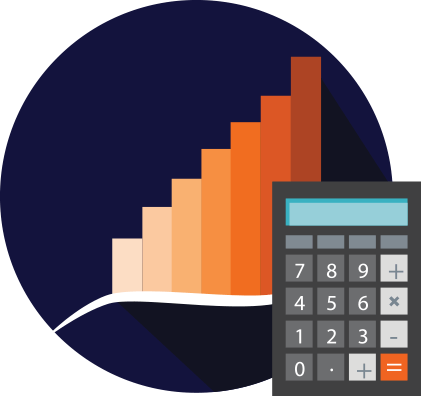Learning about money management? One of the issues you are likely to run into is that of yield.
When you are learning about money and interest, you are introduced to the concept of earning a yield on your money. As a result, you tend to want to earn as much as possible. When you look at a savings account, then, you can quickly decide it’s not worth it.
Before you go too far down the rabbit hole looking for yield on your savings account, it’s important to stop and consider the point of the account. When it comes to savings, especially emergency savings, yield is the very last thing you should be worried about.
Instead, you need to consider the following items:
Liquidity
Liquidity is all about ready cash. When you have something sitting in cash already, it’s about as liquid as it can get.
Think about what happens when you have an account with stock investments. If you want to access cash, you have to sell some of your investments. It can take a couple of days for the transaction to settle.
Other assets are even harder to sell. If you have a private stake in a business, or if you want to tap your home’s equity, it takes time.
Your savings account isn’t about yield. It’s about having liquid cash on hand. That liquidity matters a great deal when you need money immediately.
Accessibility
Next, your savings account is about accessibility. You should be able to access the money quickly and easily in an emergency. With a savings account, you can simply transfer money into a checking account for withdrawal.
Having your savings account at a bank where you have a checking account makes a lot of sense. You want to be able to initiate an instant transfer if needed. How much interest you get paid to keep your money at the bank is a lesser concern when compared to whether or not the money is accessible when you need it.
The main downside to accessibility is that it can be tempting to withdraw money even when you aren’t faced with a true emergency. Make sure you are careful about when you access the money. Wait until it really is an emergency before you take the plunge.
Safety
If you keep your money in an investment account, you run the risk of seeing big losses just when you need the money. A savings account offers you safety. The money is in an institution insured by the FDIC or the NCUA. There is a very low chance of you losing that money.
When building an emergency fund, it’s vital that you consider safety. It’s true that you can create a system that includes the use of an investment account. But you want to keep some of your money in a savings account so that it’s safe.
What’s the point of great yield on an investment account when the market crashes just as you need the money? Now you’re losing value instead of maintaining it.
This is also true if you use a savings account for short-term goals. You don’t want to watch the money you saved for vacation disappear just when you are ready to leave town.
Your Savings Account Isn’t for Long-Term Wealth Building
When looking at your various financial strategies, and your long-term financial health, it’s important to understand the purposes of different accounts. Your savings account isn’t meant for long-term wealth building.
Your savings account isn’t meant for long-term wealth building. If you try to use it as your main vehicle for retirement savings, the yield will never be high enough to make a difference in your prospects. In fact, with the low yield, you probably won’t even keep up with inflation.
Indexing and other strategies are better for long-term wealth building. Your savings account should be a place for your emergency fund and for saving up for short-term goals. If you might need the money in the next few years, the savings account is idea because it offers you liquidity, accessibility, and safety.
As long as you keep the purposes of your savings account in mind, you will be in a better place with your finances, and your savings account will be worth it.

